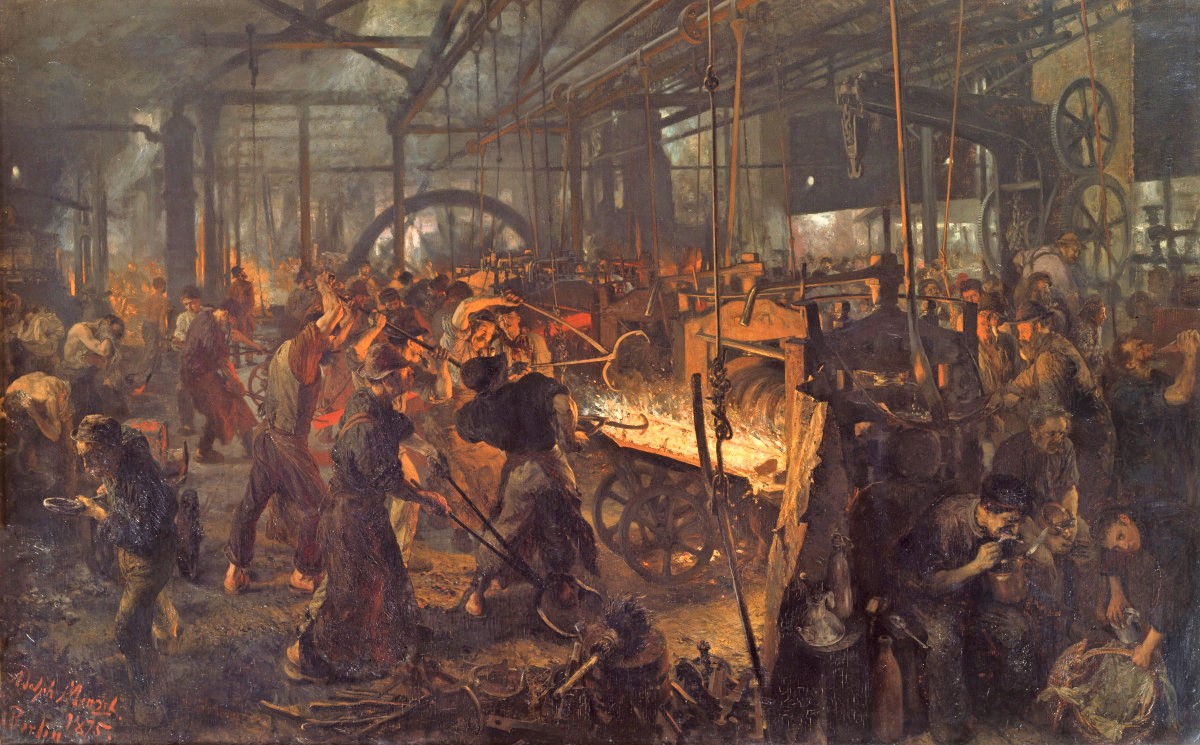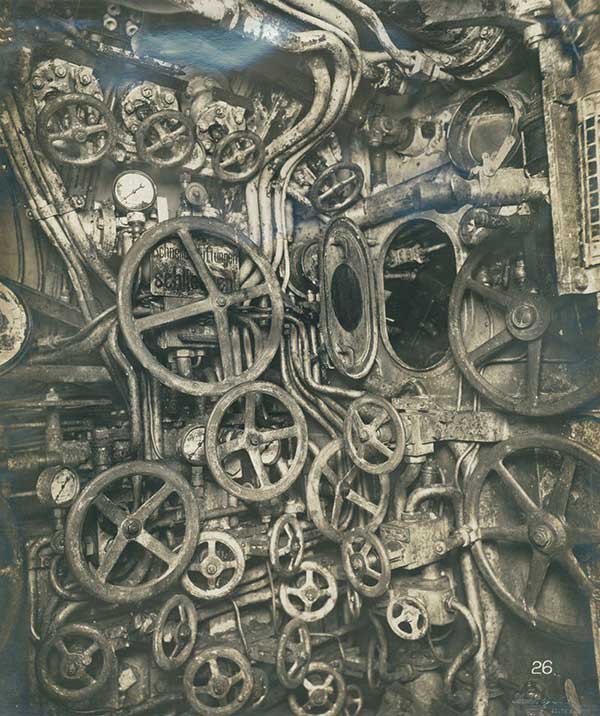
Why Industrial Policy Fails
By Michael R. Strain – August 15, 2023
With Democrats and Republicans alike supporting a shift from free markets toward government planning, the United States has clearly entered a new era of economic policymaking. Yet all the reasons why such strategies generally fail to make good on politicians’ promises are as valid as ever.
WASHINGTON, DC – Industrial policy is all the rage nowadays. In the United States, President Joe Biden has signed laws offering hundreds of billions of dollars in incentives and funding for clean energy and domestic semiconductor manufacturing. Similarly, Donald Trump launched a trade war with China in the name of reviving US industry. Rank-and-file Democrats and Republicans alike are on board with this shift from free markets toward government planning.
But industrial policy always works better in theory than in practice. Real-world factors are likely to thwart efforts by the state to revitalize the manufacturing sector and significantly boost the number of manufacturing jobs.
Current US policies raise all the same old questions that have been asked before about industrial policy. Why should we expect the government to do a good job of picking winners and losers, or to allocate scarce resources better than the market? If the government intervenes in markets, how will it avoid mission creep, cronyism, and corruption?
In the real world, government planners simply lack the control to make an industrial policy succeed over the long term. Biden can subsidize semiconductor manufacturing with the stroke of a pen, but he cannot wave a magic wand to create workers who are qualified to staff chip-fabrication plants. Deloitte estimates that the US semiconductor industry will face a shortfall of 90,000 workers over the next few years. Just this month, Taiwan Semiconductor Manufacturing Company announced that it must delay production at an Arizona fab, owing to a lack of workers with the right experience and training.
Nor can US policymakers prevent other countries from retaliating and intervening to boost their own favored industries. Consider the Trump tariffs, which then-Secretary of Commerce Wilbur Ross defended as a case of concentrated benefits and diffuse costs. Though all Americans might have to pay 0.6 cents more for a can of soup, he argued, the country would get a boost to manufacturing employment in return.
This claim seemed to assume implicitly that no other countries would retaliate. But Aaron Flaaen and Justin Pierce, both economists at the US Federal Reserve, find that the US suffered greater losses in domestic manufacturing employment from retaliation than it gained from import protection. And because the tariffs increased the cost of intermediate goods used by US firms, Flaaen and Pierce conclude that shifting an industry from relatively light to relatively heavy tariff exposure was associated with a 2.7% reduction in manufacturing employment.
Biden’s Inflation Reduction Act provides $370 billion in tax credits and other incentives for clean-energy projects in the US. Its subsidies put American allies at an artificial disadvantage in industries such as battery production and electric-vehicle (EV) manufacturing. Not surprisingly, South Korea and the European Union have responded with their own subsidies. French President Emmanuel Macron has warned that the IRA could “fragment the West.”
None of this bodes well. Tit-for-tat industrial policies distort relative prices, and reduce economic efficiency by prioritizing political whim over comparative advantage. As more countries adopt subsidies, they will blunt the impact of subsidies elsewhere. Industrial policy lights taxpayers’ money on fire.

This is less than 1% of the controls necessary to influence the free market.
Yet another reason industrial policies fail is that politicians cannot resist the temptation to use public funds to advance unrelated goals. For example, in February, the Biden administration required companies receiving federal subsidies for semiconductor manufacturing to ensure affordable childcare for their workers. But what if there are not enough workers immediately available to run daycares near chip plants? Such add-ons reduce the effectiveness of the subsidies.
Moreover, companies that adhere most closely to the administration’s broader social-policy views could become politically favored and entrenched, reducing market competition, discouraging new entrants, and sapping economic dynamism. All too often, social-policy goals conflict with industrial goals. The Biden administration wants to support organized labor, but it also wants to hasten the green transition. Yet the United Auto Workers are making aggressive demands in negotiations with automakers just as those companies are facing increased costs to shift to EV production. If workers follow through with a strike next month, that will further derail US industry.
This is not to say that industrial policy should never be used. Operation Warp Speed (which accelerated COVID-19 vaccine development and deployment) and the Defense Advanced Research Projects Agency are two good examples of the government successfully orienting a specific industry toward specific goals. “Specific” is the keyword, here. Restoring the entire manufacturing sector (with particular focus on swing states in the 2024 presidential election) to an unspecified semblance of its former glory is too vague, too broad, and too ambitious an objective – especially when it is combined with fighting climate change, advancing progressive social goals, and protecting US national security.
What should the US do instead? First, to safeguard national security, it should identify a narrow set of specific goods that genuinely warrant export and investment controls. Second, it should invest public funds in basic research and infrastructure – not because that will create manufacturing jobs, but because it will increase productivity, wage growth, innovation, and dynamism more broadly.
Third, it should adopt a carbon tax to lower the relative price of green technology. That would accelerate technological development and allow the market to determine which technologies are the most promising. If widespread global adoption of green technologies is the overarching goal, trade barriers are particularly problematic, as they will slow uptake – particularly among low-income countries – and reduce green tech’s role in fighting climate change.
Finally, America should invest in all workers, rather than try to turn back the clock to the heyday of manufacturing. That means increasing earned-income subsidies to support participation in the workforce, investing in training to build skills and increase wages, and reducing the barriers workers face from social policy and anticompetitive labor-market institutions.
One of the few redeeming features of American populism has been its renewed focus on workers. But populist and nationalist solutions won’t work. We owe it to workers to focus on policies that will advance mass flourishing.
